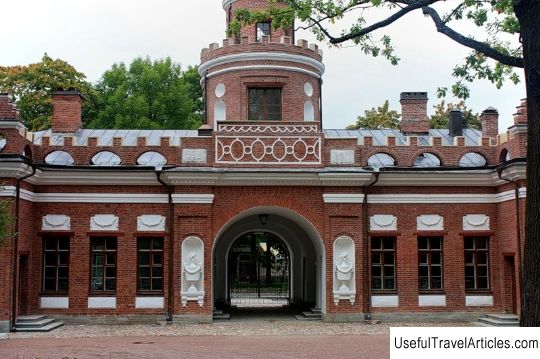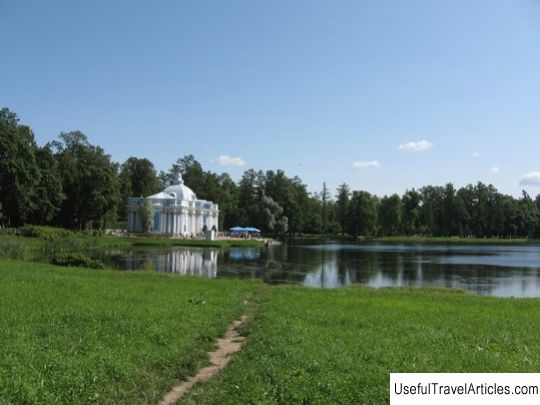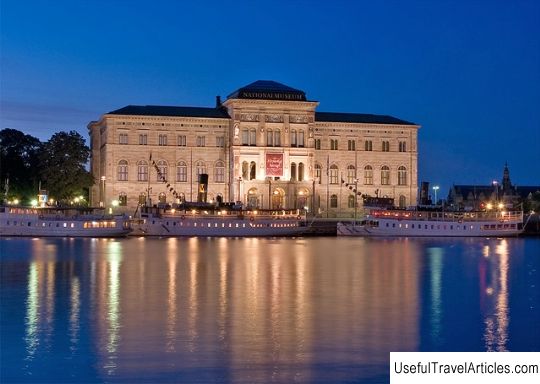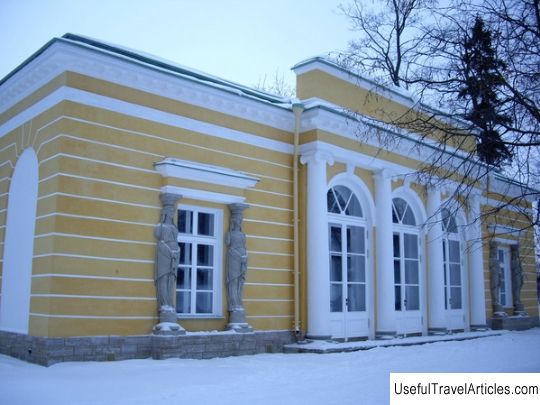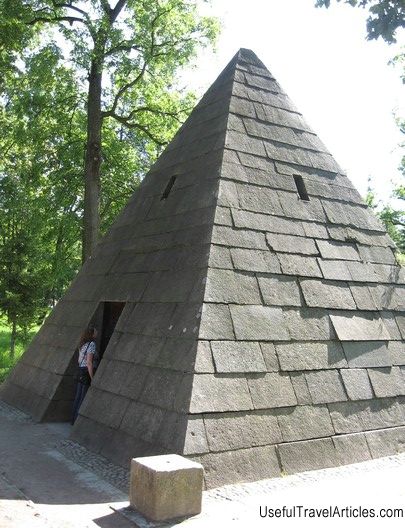Pavilion ”Kitchen-ruin” description and photos - Russia - St. Petersburg: Pushkin (Tsarskoe Selo)
Rating: 9,4/10 (3213 votes) 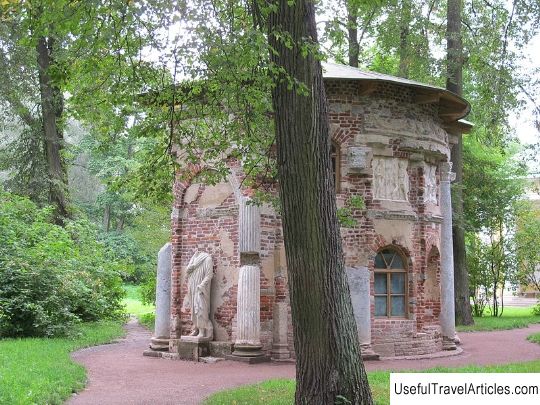
Pavilion "Kitchen-ruin" description and photos - Russia - St. Petersburg: Pushkin (Tsarskoe Selo). Detailed information about the attraction. Description, photos and a map showing the nearest significant objects. Photo and descriptionNot far from the park structure "Concert Hall" there is a small round pavilion, built from pieces of ancient marbles taken from Greece under Empress Catherine the Great, called "Kitchen Ruins". Once in this pavilion was kept part of the collection of marbles, which were delivered to the Empress from Rome by Refenstein, who was in charge of all her artistic affairs there. The Kitchen-Ruin Pavilion was built by the architect Giacomo Quarenghi in the 1780s, and belongs to one of his best works. In the project, the building looks so realistic, as if the architect copied it from nature in one of the cities of the Apennine Peninsula, where the local population often huddled in huts built from the remains of ancient buildings. It is not for nothing that one of the pre-war travel guides to Tsarskoye Selo can read that those who have not been to Italy, having found themselves near this pavilion, can see a picture familiar to the surrounding area of Rome. The unusual building was noted by connoisseurs as an architectural imitation of "such a charming, convincing authenticity that you can hardly believe in its fake." In their opinion, everything in the pavilion is done so skillfully that, looking at it, one gets the impression of a “real ruin.” “Kitchen-ruin” is a building under a simple and rough roof, as if hastily erected from the first the ancient debris that came to hand. The brickwork is in places open and “weathered”, the windows are asymmetrically made, the outer plaster is covered with cracks. In terms of the "Kitchen-Ruin" it has a round shape, complicated by 2 ledges-rectangles. The curved areas of the facade are processed with columns between the ledges. In the intervals between the columns and the upper section of the walls, 6 plaster bas-reliefs were installed, made by the sculptor Concezio Albani. The bas-reliefs were deliberately damaged to give them the appearance of ancient times. With antiques in the neighborhood there are limestone friezes, made and specially "aged" by the same sculptor (who also made other details of the decoration). Albani's plaster bas-reliefs are likened to the remains of marble compositions. They repeat 3 plots that were borrowed from the ancient originals: Jupiter - the king of the gods and his wife Juno with attributes (peacock and eagle), grieving Demeter (Ceres) and the maid washing her feet, Diana and Apollo. Despite the fact that the "Kitchen-Ruin" was used to warm dishes during meetings in the Concert Hall, since the end of the 1780s, it has contained part of the marble statues from the antique collection of Catherine II, after whose death they were sent to the Imperial Hermitage. During the Great Patriotic War, the windows and doors of the pavilion were lost, the roof was damaged, the interior decoration was destroyed, the bas-reliefs were seriously damaged. Under the threat of complete loss, antique parts were in disrepair, the marble was flaking and crumbling. In 2010, restoration work was carried out, as a result of which the “Kitchen-Ruin” pavilion acquired its original appearance. The building is currently used by the park guard.   We also recommend reading Gmoeser Moor description and photos - Austria: Upper Austria Topic: Pavilion ”Kitchen-ruin” description and photos - Russia - St. Petersburg: Pushkin (Tsarskoe Selo). |
